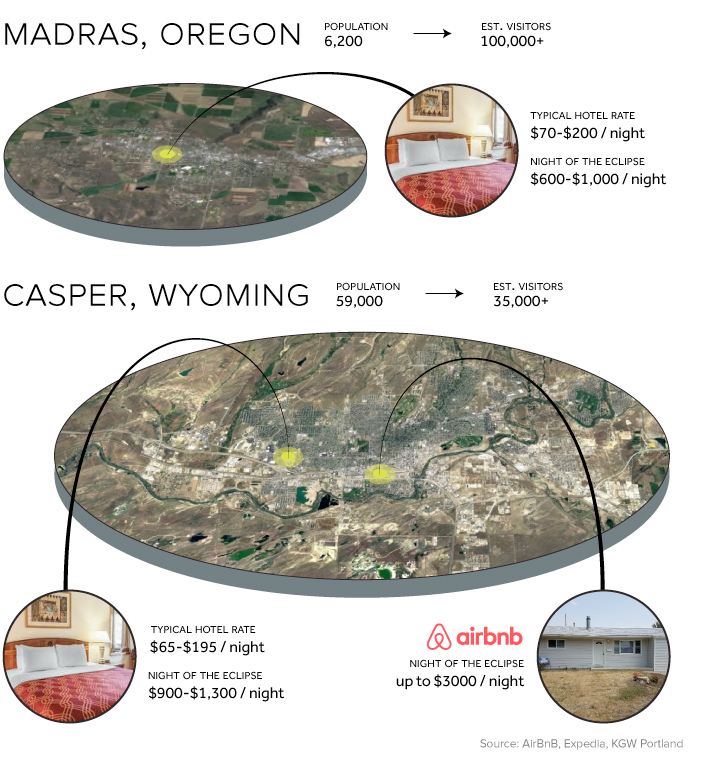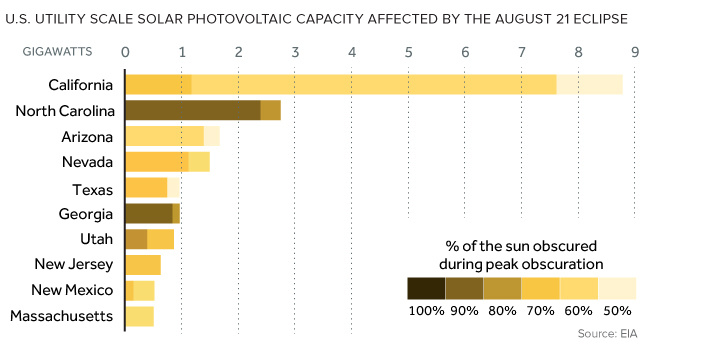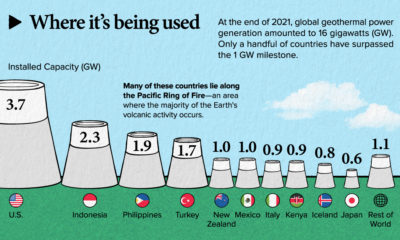The last total eclipse occurred in the United States in 1979, and businesses are cashing in on the pent-up enthusiasm for this extremely rare celestial event. Here are some high payoffs that “eclipse boom towns” are hoping for: Many of the towns in the path of totality have been aggressively marketing themselves to potential onlookers. One town, Hopkinsville, KY, has branded itself as “Eclipseville” leading up to the occasion. It’s likely to payoff, since it’s been reported that visitors from 19 countries and 46 states are descending upon the small town for the perfect glimpse of the phenomenon. As another example, the sleepy agricultural town of Madras, OR, has an entire festival devoted to the solar eclipse. Appropriately named Oregon Solarfest and running from August 17-22, the festival takes advantage of the town’s perfect location in the high desert of Central Oregon and typical clear skies. Although it’s hard to really determine how many people are coming for the solar eclipse – Madras anticipates over 100,000 visitors, and millions of dollars pouring into the town’s economy.
Astronomical Prices
Accommodation and short-term rentals are skyrocketing thanks to the eclipse craze. Hotels along the route have been 95% booked since 2013, so remaining rooms are going at a premium. Here are a couple examples:
Airbnb reports that over 40,000 guests have been booked along the path of totality so far, with Nashville and towns in South Carolina making up nearly half of that activity.
Total Eclipse of the Grid
The other big impact the eclipse will have is on the U.S. power grid – particularly in states that have a higher reliance on solar energy. Out of 1,900 power plants, only 17 of them are in the path of totality (mostly in eastern Oregon), but hundreds of others will be at least 90% obscured (mostly around North Carolina and Georgia).
More than 100 million solar panels are expected to be affected, dropping output by 20% — equivalent to all the energy the city of San Francisco uses in a week. At first glance, the eclipse might seem like a major headache for utilities, power generators, and grid operators. However, David Shepheard, a managing director at Accenture, sees it instead as a rare opportunity for a “forecastable dress rehearsal” for dealing with major grid interruptions. Some companies are even using the brief interruption to measure exactly how much rooftop solar power is actually connected to their grids.
Party like it’s 2024
If you aren’t able to watch the upcoming eclipse, don’t worry. The next total solar eclipse in the United States will take place in 2024. (You may want to book your room now though!) on
#1: High Reliability
Nuclear power plants run 24/7 and are the most reliable source of sustainable energy. Nuclear electricity generation remains steady around the clock throughout the day, week, and year. Meanwhile, daily solar generation peaks in the afternoon when electricity demand is usually lower, and wind generation depends on wind speeds.As the use of variable solar and wind power increases globally, nuclear offers a stable and reliable backbone for a clean electricity grid.
#2: Clean Electricity
Nuclear reactors use fission to generate electricity without any greenhouse gas (GHG) emissions.Consequently, nuclear power is the cleanest energy source on a lifecycle basis, measured in CO2-equivalent emissions per gigawatt-hour (GWh) of electricity produced by a power plant over its lifetime. The lifecycle emissions from a typical nuclear power plant are 273 times lower than coal and 163 times lower than natural gas. Furthermore, nuclear is relatively less resource-intensive, allowing for lower supply chain emissions than wind and solar plants.
#3: Stable Affordability
Although nuclear plants can be expensive to build, they are cost-competitive in the long run. Most nuclear plants have an initial lifetime of around 40 years, after which they can continue operating with approved lifetime extensions. Nuclear plants with lifetime extensions are the cheapest sources of electricity in the United States, and 88 of the country’s 92 reactors have received approvals for 20-year extensions. Additionally, according to the World Nuclear Association, nuclear plants are relatively less susceptible to fuel price volatility than natural gas plants, allowing for stable costs of electricity generation.
#4: Energy Efficiency
Nuclear’s high energy return on investment (EROI) exemplifies its exceptional efficiency. EROI measures how many units of energy are returned for every unit invested in building and running a power plant, over its lifetime. According to a 2018 study by Weissbach et al., nuclear’s EROI is 75 units, making it the most efficient energy source by some distance, with hydropower ranking second at 35 units.
#5: Sustainable Innovation
New, advanced reactor designs are bypassing many of the difficulties faced by traditional nuclear plants, making nuclear power more accessible.
Small Modular Reactors (SMRs) are much smaller than conventional reactors and are modular—meaning that their components can be transported and assembled in different locations. Microreactors are smaller than SMRs and are designed to provide electricity in remote and small market areas. They can also serve as backup power sources during emergencies.
These reactor designs offer several advantages, including lower initial capital costs, portability, and increased scalability.
A Nuclear-Powered Future
Nuclear power is making a remarkable comeback as countries work to achieve climate goals and ultimately, a state of energy utopia. Besides the 423 reactors in operation worldwide, another 56 reactors are under construction, and at least 69 more are planned for construction. Some nations, like Japan, have also reversed their attitudes toward nuclear power, embracing it as a clean and reliable energy source for the future. CanAlaska is a leading exploration company in the Athabasca Basin, the Earth’s richest uranium depository. Click here to learn more now. In part 3 of the Road to Energy Utopia series, we explore the unique properties of uranium, the fuel that powers nuclear reactors.































